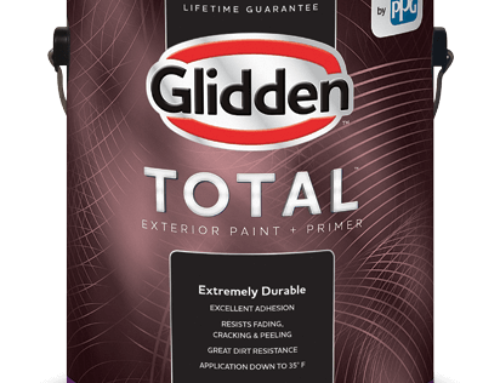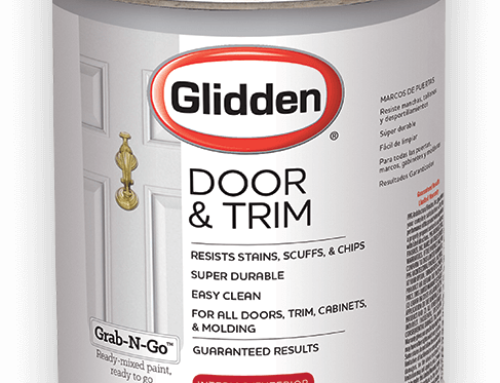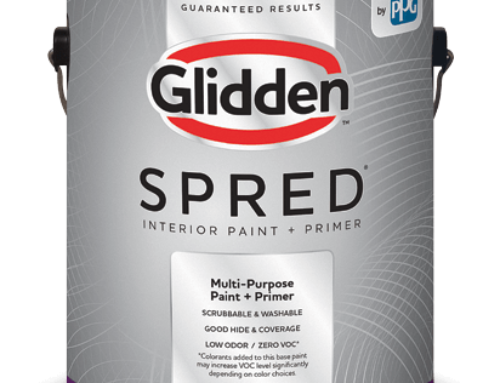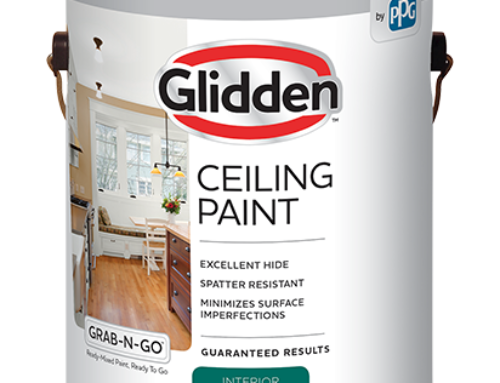Glidden® Porch & Floor
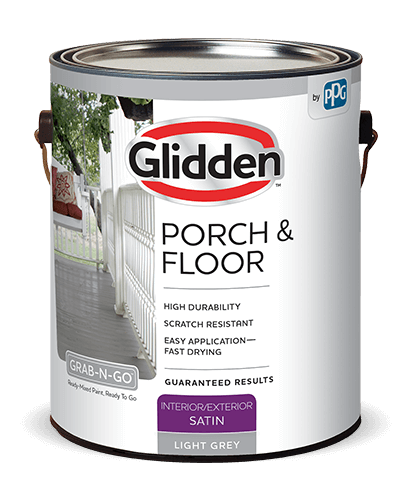
Glidden® Porch & Floor, interior/exterior, paint + primer, is designed to enhance your wood and concrete surfaces, especially floors, steps and railings and can also be used on properly prepared horizontal masonry, wood and metal substrates. Find it in our most popular ready mix colors or have it tinted to match your favorite Glidden colors.
- Sheens: Eggshell, Satin
- Sizes: 1 Gal
Benefits
Great Color Retention
Consistant, true color finish throughout the lifetime of your project in sunny and shady areas.
Highly Durable Finish
Resists Scratches and Scuffs
Formulated to withstand kids, heels, dogs and patio furniture shuffling around.
Details
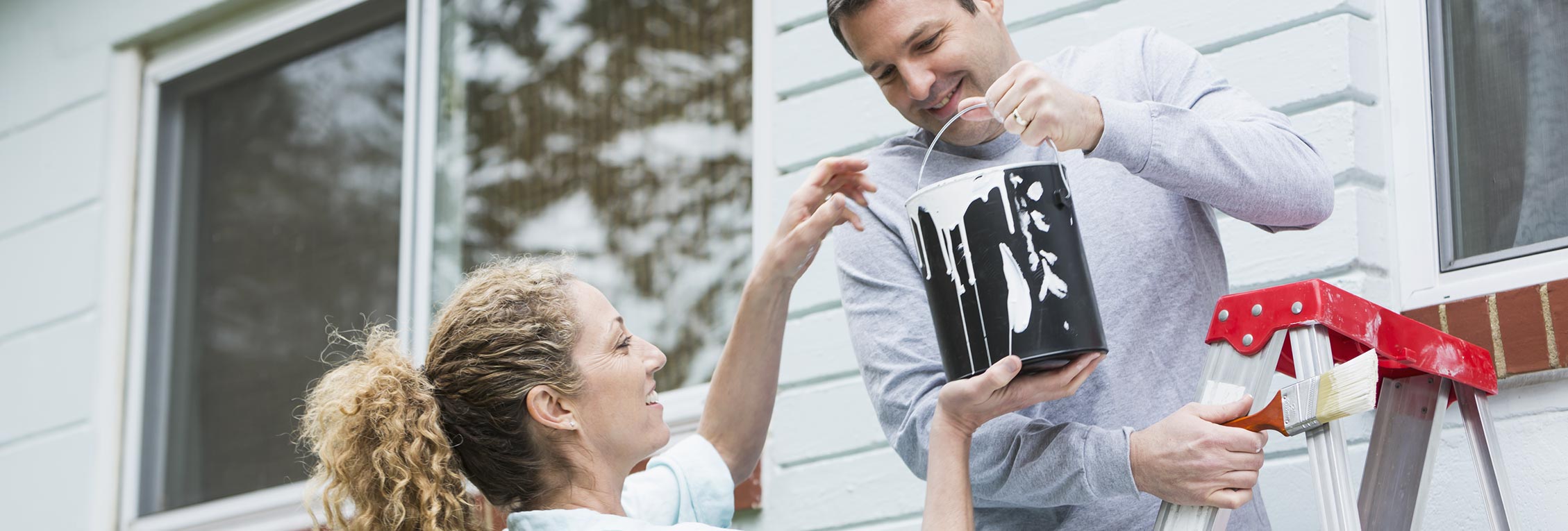
Surfaces to be coated must be dry, clean, sound, and free from all contamination including loose and peeling paint, dirt, grease, oil, wax, concrete curing agents and bond breakers, chalk, efflorescence, mildew, rust, product fines, and dust. Remove loose paint, chalk, and efflorescence by wire brushing, scraping, sanding, and/or pressure washing. Putty all nail holes and caulk all cracks and open seams. Sand all glossy, rough, and patched surfaces. Feather back all rough edges to sound surface by sanding. Masonry and plaster surfaces must be allowed to cure for 30 days prior to painting. Uncoated substrates, repaired surfaces or lightly stained areas may require additional coats. For severe stains, water marks, and other challenging conditions use the appropriate primer.
WARNING! If you scrape, sand, or remove old paint, you may release lead dust or fumes. LEAD IS TOXIC. EXPOSURE TO LEAD DUST OR FUMES CAN CAUSE SERIOUS ILLNESS, SUCH AS BRAIN DAMAGE, ESPECIALLY IN CHILDREN. PREGNANT WOMEN SHOULD ALSO AVOID EXPOSURE. Wear a properly fitted NIOSH-approved respirator and prevent skin contact to control lead exposure. Clean up carefully with a HEPA vacuum and a wet mop. Before you start, find out how to protect yourself and your family by contacting the USEPA National Lead Information Hotline at 1-800-424-LEAD or log on to www.epa.gov/lead. In Canada, contact a regional Health Canada office. Follow these instruc- tions to control exposure to other hazardous substances that may be released during surface preparation.
CONCRETE/MASONRY: New concrete should cure for at least 30 days and preferably 90 days prior to priming and painting. The pH of the sub- strate must be less than 10.
FERROUS METAL: The surface must be cleaned thoroughly to remove dust, rust, and surface contaminants, and then primed.
WOOD: Unpainted wood or wood in poor condition should be sanded smooth and wiped clean. Any knots or resinous areas must be sealed before painting. Countersink all nails, putty flush with surface, then prime.
Stir thoroughly. When using more than one container, intermix to ensure color uniformity.
Application Method: Apply with a high quality brush, roller or airless sprayer. Two coats are suggested for best results.
Application Equipment: For smooth surfaces, use a polyester nylon brush or 3/16” – 3/8” nap roller cover. For airless spray, use a .015”-.019” tip at 2000 psi, adjust pressure as needed. Spray equipment must be handled with due care and in accordance with manufacturer’s recommen- dation. High-pressure injection of coatings into the skin by airless equipment may cause serious injury.
Thinning: DO NOT THIN.
Material: 50 to 90°F (10 to 32°C) Ambient: 50 to 90°F (10 to 32°C) Substrate: 50 to 90°F (10 to 32°C)
Dry time @77°F (25°C) & 50% relative humidity.
To Touch: 2-4 hours
To Recoat: 8 hours
Light Foot Traffic: 24 hours
To Full Cure: 30 days
Drying times listed may vary depending on temperature, humidity, film build, color, and air movement.
One gallon (3.78 Liters) covers approximately 300 – 350 sq. ft. (28-33 sq. meters) per U.S. gallon (3.78 L) on primed, smooth non-porous surfaces.
Wet Film Thickness:
4.6 – 5.3 mils
Wet Microns: 117 – 135
Dry Film Thickness: 1.9 – 2.2 mils
Dry Microns: 48-56
Coverage figures do not include loss due to surface irregularities and porosity or material loss due to application method or mixing. Some colors, drastic color changes, or porous substrates may require more than one coat to achieve a uniform finish.
Clean tools with warm, soapy water. Clean spills immediately with a damp cloth.
Concrete/Masonry
Wood
Metal
Please refer to the Product Label, Technical Data Sheet (TDS) or Safety Data Sheet (SDS) for safety and detailed application instructions.

